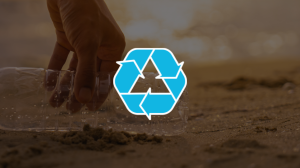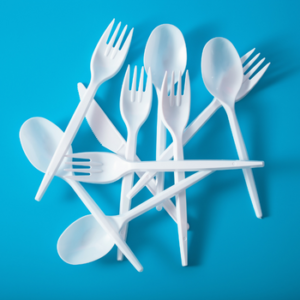How to have a waste-free Halloween
Halloween, like many holidays, is a time for indulging, even overindulging, which often leads to waste. But it doesn’t have to, especially since Halloween follows on the heels of Waste Reduction Week in Canada.
There are ways to reduce, reuse and recycle in every aspect of celebrating Halloween, says Caitlin Perry, program manager for the Recycling Council of Ontario, who also leads the national campaign every fall for Waste Reduction Week. Here are some of her tips:
Costumes
Buying a new costume every year to wear for one day isn’t great for the environment. The greenest option — and often the most interesting — is to make your own.
“Just look in your closet and see what materials you might have already at home to create a new costume,” Perry said.
If that sounds too intimidating or time-consuming, you can swap with a friend or buy a used costume.
If you really want to buy a new costume this year, Perry recommends:
- Getting one that is made of high-quality materials that you and/or others will be able to wear over and over again.
- Avoiding cheap plastic fabrics, which often fray and shed microplastics.
- Avoiding glitter and sparkles, which are also sources of microplastics.
- Also, avoiding costumes with cheap plastic accessories that will break easily, such as flimsy plastic masks.
Decorations
Again, making your own from upcycled or natural materials such as pine cones, leaves or gourds is ideal, Perry said.
The RCO’s Plastic Action Centre recommends using cardboard boxes to make tombstones or upcycling packaging materials into cats, bats, pumpkins and ghosts.
If you really want to buy something, get durable decorations that can be reused every year — avoid decorations designed to be thrown away after one use, such as artificial spiderwebs.
Pumpkins
Speaking of natural materials, don’t get an artificial pumpkin — “go out and buy a real one,” Perry said.
In carving it, she recommends using every part that you can, such as saving the seeds to roast and eat as snacks. (On a personal note, I have also enjoyed using the pumpkin guts to make delicious pumpkin bread.)
Once you’re done with the pumpkin, dispose of it in one of these eco-friendly ways:
- Put it in your green or organics bin.
- Compost it.
- Donate it to a local farm or zoo for the animals to enjoy, if they accept such donations.
Of course, if you left your pumpkin uncarved, you can cook and eat the entire thing after Halloween. (Just cut or scrub off paint or other non-edible decorations first.)
Treats
While public health officials have recommended against trick-or-treating in some COVID-19 hotspots in Ontario and Quebec is recommending people take special precautions when giving out candy, the tradition is still a go in most of Canada.
Many tiny treats given out at Halloween come in non-recyclable plastic packaging. In buying treats, Perry recommends choosing the (few) options that come in cardboard boxes, such as Smarties or Glosettes. Some chocolates also come wrapped in foil rather than plastic.
Perry notes that many of these tips can and should be extended beyond Halloween to make a bigger difference: “Always think about the three Rs really every holiday — or every day of your life.”



